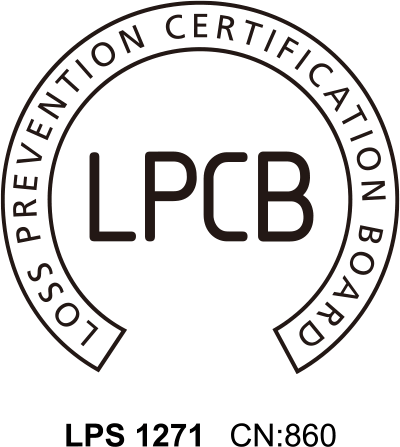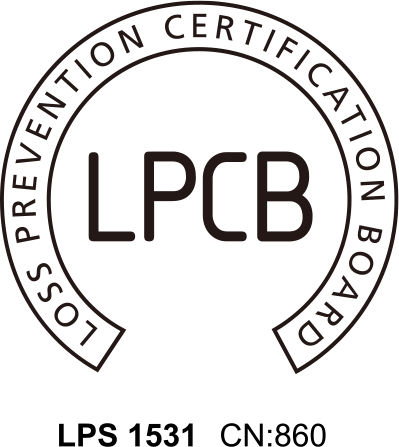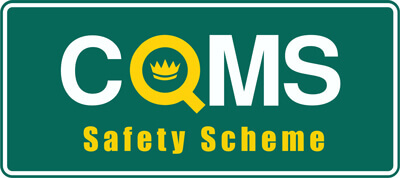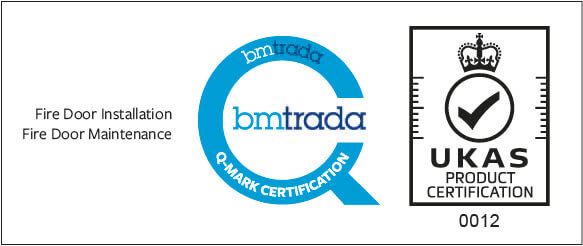Smoke and toxic gases claim more lives in fires than fire itself. Though sprinkler systems can suppress flames, they often contribute to an even deadlier danger – smoking debris. Unless it’s contained, smoke will travel through a building at 120 – 420 feet per minute, devouring all breathable air.
The best way to answer “Why firestopping?’, is by looking at the statistics.
- 75% of all fire deaths are caused by smoke inhalation.
- Over half of fire-related deaths occurred in rooms where the fire did not originate
- Smoke can fill a 20 by 20 by 20-foot room through a pencil size hole in less than 4 minutes.
Firestopping came into its own in the late 1970s to help reduce the catastrophic loss of life and property caused by smoke and other airborne pathogens. It is especially critical in buildings where the mobility of tenants is restricted including hospitals, assisted living and nursing homes, high-rise buildings and prisons.
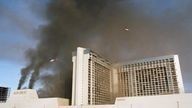
In 1980, lack of fire stopping technology contributed to the death toll at the MGM Grand fire. Although the fire started in a lower level kitchen, smoke infiltrated the high-rise tower eventually claiming 85 lives and injured more than 700.
Rapid spread
It took just six minutes from the time anyone discovered the fire for it to engulf the entire casino area. It’s estimated that the fire spread at a rate of 19 feet per second.
Cause and means of spread
Investigators later determined that the fire began in a wall in a deli area of the hotel. Uninsulated wires on a refrigerator for pies were the culprit, starting a fire that made its way into the ceiling, then into the air duct network. The fire raged out of control, fueled by hotel furnishings and other flammable objects in its path. Many people died of smoke inhalation or from inhaling deadly vapours released from burning PVC pipes.
Today fire stopping is mandated for public safety and property loss management and required by all model building codes. We offer a full range of fire stopping services across the UK and beyond. Why not contact us to discuss your current or future projects?
The bottom line is that firestop systems save lives, protect property and allow for continuity of building operations in case of a fire. It is important for facility managers to know what is going on in their building, and to keep an eye out for any changes in the fire-rated barriers that may weaken their integrity and inhibit their ability to protect the building in the face of a fire.
Related pages

Fire Door and Compartmentation Surveys

‘Path to Passive Fire Compliance’ CPD a Huge Success!
Checkmate Fire enjoyed another successful CPD event, hosted by our insurance partners, Aviva, in Bristol this month.
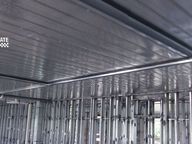
Specifying Passive Fire-Stopping Systems
Fire-rated wall assemblies and passive fire-stopping systems are key elements to the design of all commercial buildings.
